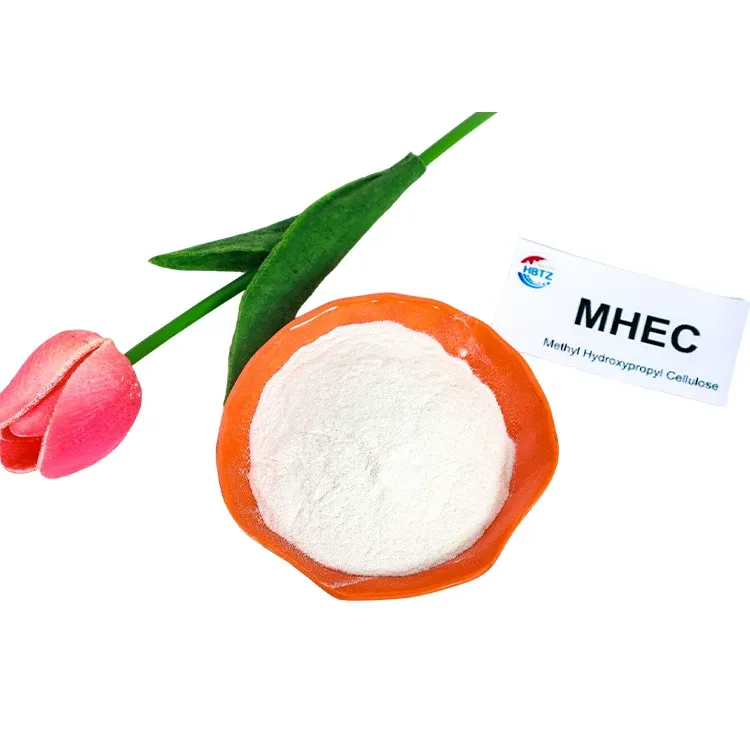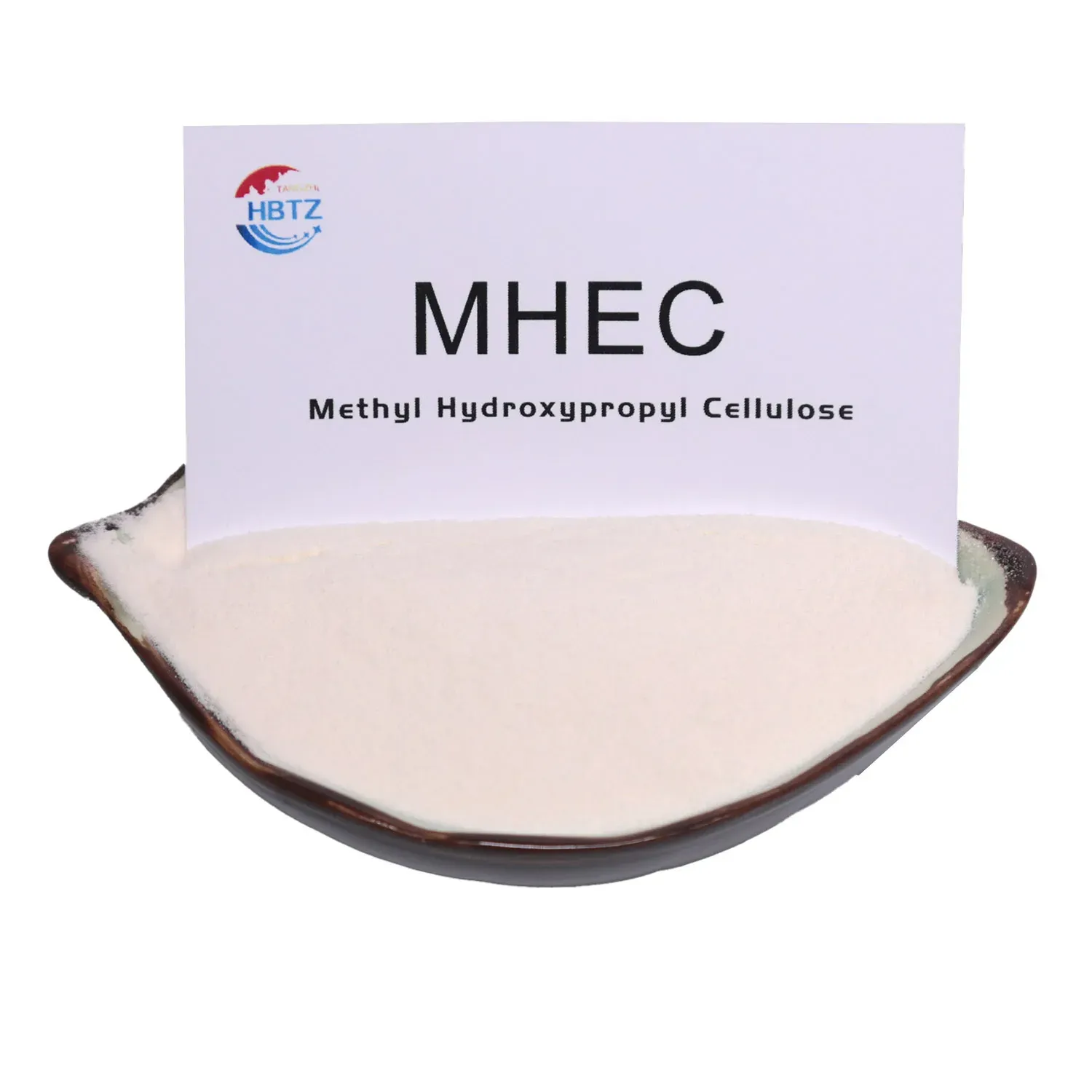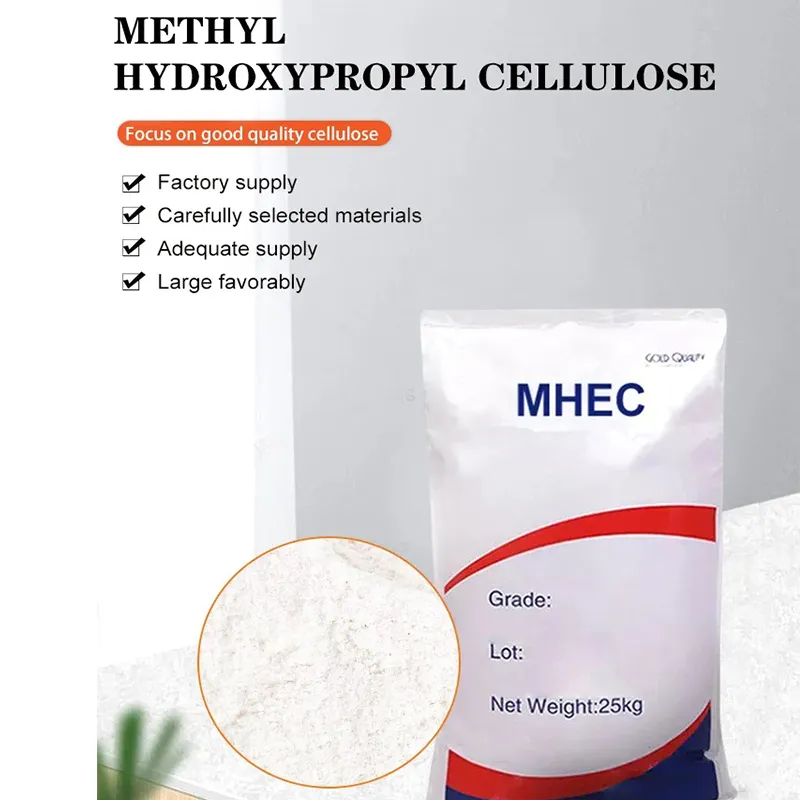
MHEC Cellulose - High Purity, Stable Viscosity, Best Value
Hydroxyethyl Methyl Cellulose (MHEC): the quiet workhorse behind smooth mortars and low-VOC paints
If you’ve been around dry-mix plants or paint kettles, you already know the name. For everyone else, mhec cellulose is one of those “invisible” ingredients that decides whether a job feels easy—or fights you all day. It thickens, retains water, extends open time, and calms down sag. And yes, I’ve watched more than one crew switch brands mid-project after realizing how much the polymer backbone relies on a well-tuned cellulose ether.

What’s trending now
Three things: lower VOC targets in waterborne coatings, leaner cement formulations (with higher SCMs), and the relentless march toward pre-packaged dry mixes. In practice, that means formulators ask mhec cellulose to carry more load—stable viscosity under salts/alkali, high water retention without sticky edges, and consistent open time even in hot climates.
Product snapshot (real-world ranges)
| Parameter | Typical MHEC Spec (≈, may vary by grade) |
|---|---|
| Appearance | White to off‑white powder |
| Viscosity (2% @20°C, Brookfield LV, 2/20 rpm) | 20,000–70,000 mPa·s |
| Moisture | ≤5% |
| pH (2% solution) | 6.0–8.5 |
| Methoxy / Hydroxyethyl content | ≈19–28% / ≈4–12% |
| Gel temp | ≈60–75°C |
| Sieve residue (100 mesh) | ≤5% |
| Water retention in mortar (ASTM C1506) | ≥95% with appropriate dosage |

Applications I’m seeing most
- Cement tile adhesives (EN 12004): open time and anti-slip
- Skim coat/wall putty: creamy spread, fewer pinholes
- Gypsum plasters: crack resistance and workability
- Self-leveling: controlled viscosity, edge stability
- EIFS basecoats/adhesives: sag control on mesh
- Water-based latex paints: KU/ICI balance, splash reduction
- Oil drilling fluids and printing inks: rheology tuning
How it’s made (short version)
Refined cellulose is alkalized, then etherified with methyl chloride and ethylene oxide—giving mhec cellulose its dual substitution. The slurry is washed (often alcohol medium), neutralized, dried ≈60–80°C, milled, and graded. QC runs viscosity (ASTM D2196), moisture, pH, substitution levels, sieve residue, and mortar water retention (ASTM C1506). Shelf life is typically 24 months in dry, sealed 25 kg PE‑lined bags; performance in mortar, to be honest, depends on cement, filler PSD, and latex choice.

Vendor snapshot (my field notes)
| Criteria | Tangzhi (Hebei, China) | Supplier A | Supplier B |
|---|---|---|---|
| Batch consistency | High, tight viscosity windows | Medium | Medium‑high |
| Customization | Viscosity, PSD, surface treatment | Limited | Moderate |
| Lead time | ≈10–15 days | ≈3–4 weeks | ≈2–3 weeks |
| Certifications | ISO 9001, REACH prereg. | ISO 9001 | ISO 9001/14001 |
| Tech support | Formulation help, on-site trials | Email only | Regional lab |
| Packaging | 25 kg with PE liner, anti‑caking | Standard kraft | Kraft + liner |
Quick case notes (field + lab)
- SEA tile adhesive: open time (EN 1346) improved from 18 → 32 min; water retention 97.5% (ASTM C1506). Crew noted smoother combing.
- Middle East EIFS basecoat: slip (EN 1308) down by ≈35%; mesh embedding felt “clean,” per site foreman.
- Waterborne acrylic paint: KU drift

Customization that actually matters
Ask for tuned viscosity bands, particle size for dispersion speed, and moderate surface treatment for delayed hydration in hot weather. In gypsum, a slightly higher hydroxyethyl content can boost water retention without gummy feel. For mhec cellulose in latex paint, balance KU/ICI by pairing with HEUR—your millbase will thank you.
Where it’s from and how to reach
Origin: Room 2308, Dongsheng Plaza 2, No. 508 Zhongshan East Road, Chang’an District, Shijiazhuang, Hebei, China. Many customers say the pre-shipment viscosity report saves back-and-forth—little thing, big win.
Testing, standards, and compliance
Key methods: ASTM D2196 (Brookfield), ASTM C1506 (mortar water retention), EN 12004-2 (tile adhesive performance), EN 1346 (open time), EN 1308 (slip). Typical certifications: ISO 9001; REACH support files; low-VOC targets via EPA Method 24 context in finished paints. Service life: product 24 months sealed; in-mortar benefits—open time +10–25 min and reduced cracking—depend on the system, obviously.
Citations
- EN 12004-2: Adhesives for tiles—Tests.
- EN 1346: Determination of open time.
- EN 1308: Determination of slip.
- ASTM D2196: Brookfield viscosity of paints and related products.
- ASTM C1506: Water retention of hydraulic cement mortars.
- ISO 9001: Quality management systems; ECHA REACH Guidance (latest).
-
Reliable Powdered Cellulose Supplier: Quality, Sustainability & InnovationNewsNov.24,2025
-
Find Trusted Microfibrillated Cellulose Suppliers for Sustainable Industrial SolutionsNewsNov.24,2025
-
Leading Methocel Suppliers: Quality, Innovation & Sustainability in Methylcellulose SupplyNewsNov.23,2025
-
Reliable Hydroxyethylcellulose Suppliers for Industry & Sustainability | Tangzhi HPMCNewsNov.23,2025
-
Top Ethyl Cellulose Supplier – Quality, Sustainability, and Industrial SupportNewsNov.23,2025
-
Trusted CMC Powder Suppliers for Food, Pharma & Industrial Use | Tangzhi HPMCNewsNov.22,2025





















